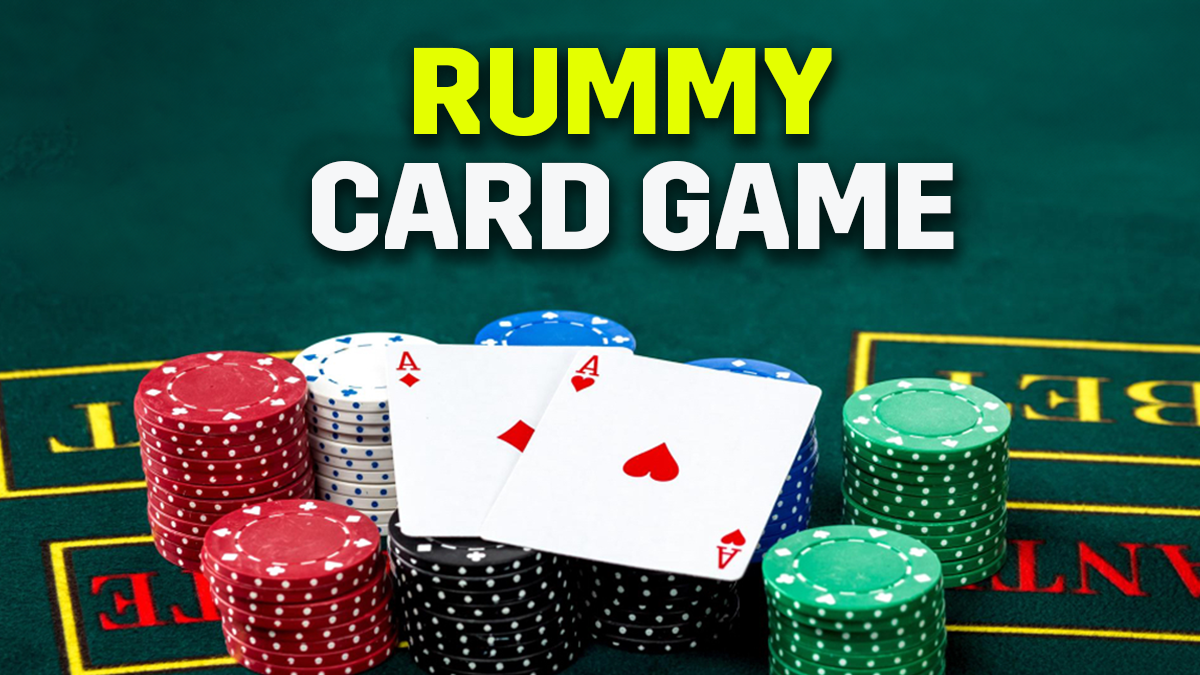Choosing the right table and opponents in Rummy can significantly impact your gaming experience. Whether you’re a beginner or an advanced player, selecting the right table ensures that you enjoy the game, play at a pace that suits you, and increase your chances of winning. In this post, we’ll explore how to make the best choices when selecting tables and opponents in Rummy.
1. Understanding Different Table Types
a) Low-Stakes Tables
- These tables are ideal for beginners or players who want to practice without risking much money.
- The entry fee is low, and the gameplay is usually slower, allowing you to learn the game and refine your skills.
How to Choose:
- If you’re new to Rummy, or if you want to practice without losing too much, start with low-stakes tables.
- Avoid high-stakes tables unless you’re comfortable with your skills.
b) High-Stakes Tables
- These tables have higher entry fees and larger potential payouts.
- The competition is tougher, as experienced players often prefer these tables.
How to Choose:
- If you’re an experienced player with a solid strategy and a decent bankroll, high-stakes tables might be a good option for you.
- Only join these tables when you feel confident in your skills and have enough funds to play without risking too much.
c) Freeroll Tables
- These tables are free to join, and you can win real money or other prizes without making an entry deposit.
- They typically have fewer rewards but are great for beginners to practice.
How to Choose:
- Freeroll tables are perfect for new players who want to test their skills without spending money.
- They’re also great for building confidence before moving to paid tables.
d) Tournament Tables
- These are organized competitions with a set number of participants. Players compete for a prize pool based on their performance in multiple rounds.
- Tournament tables can have varying levels of difficulty, depending on the type of tournament.
How to Choose:
- Tournament tables are great for players who enjoy competition and want to challenge themselves.
- Start with smaller tournaments or freerolls to gain experience before participating in bigger ones.
2. How to Choose the Right Opponents
a) Skill Level of Opponents
- Choosing opponents with a similar or slightly better skill level will make the game more enjoyable and competitive.
- Playing against beginners or extremely experienced players can make the game either too easy or too difficult.
How to Choose:
- If you’re just starting, look for tables where other players have a similar skill level.
- If you’re more experienced, you can challenge players who are slightly better, which can help improve your strategy.
b) Play Style of Opponents
- Observe the play style of your opponents. Some players are aggressive, making bold moves, while others are more cautious and strategic.
- Identifying your opponents’ strategies can help you make informed decisions and adjust your own playstyle.
How to Choose:
- If you prefer a more relaxed and strategic game, choose opponents who play cautiously.
- If you like fast-paced, aggressive games, challenge more aggressive players who take risks.
c) Experience Level of Opponents
- Playing against experienced opponents can teach you new tricks and strategies, but it can also be tough.
- Beginner players may not give you a challenge but could help you build confidence and develop basic strategies.
How to Choose:
- Beginners should play against other beginners until they feel confident enough to face more experienced opponents.
- If you’re looking to sharpen your skills, seek out experienced players who can push you to improve.
3. Key Considerations for Choosing Tables and Opponents
a) Bankroll Management
- Choose tables that align with your bankroll. Don’t join high-stakes tables if you can’t afford the potential losses.
- Play at tables where you can comfortably handle the buy-in without putting yourself at risk.
How to Choose:
- Set a budget before playing and stick to it. Only join tables that fit your financial plan.
- Always consider how many games you want to play and how much you’re willing to lose before selecting a table.
b) Table Dynamics
- Pay attention to how fast the game is moving. Some tables are slower, with more discussion and careful play, while others move quickly with high action.
- Choosing a table with a pace you enjoy can help you stay focused and make better decisions.
How to Choose:
- If you prefer a slower, more calculated game, choose tables with fewer players or lower stakes, where players tend to take more time.
- If you enjoy quick gameplay, look for faster tables or higher-stakes games where players act quickly.
c) Tournament vs. Casual Games
- If you prefer a competitive atmosphere, tournaments are the best option. They offer structured play, bigger rewards, and more intense competition.
- Casual games are great for those who want a relaxed experience or want to practice without the pressure of a tournament setting.
How to Choose:
- For a fun, low-pressure experience, casual games are ideal.
- If you enjoy a competitive challenge and want to win prizes, consider joining a tournament table.
4. Conclusion
Choosing the right table and opponents in Rummy can make a huge difference in your experience and success. By understanding the different table types, assessing the skill level of your opponents, and managing your bankroll wisely, you can create an enjoyable and rewarding Rummy experience.
Whether you’re just starting out or you’re an experienced player, picking the right environment will help you improve your skills, stay within your comfort zone, and increase your chances of winning. Happy Rummy playing! 🎴





No responses yet